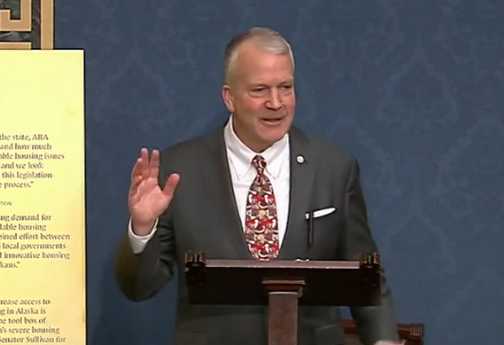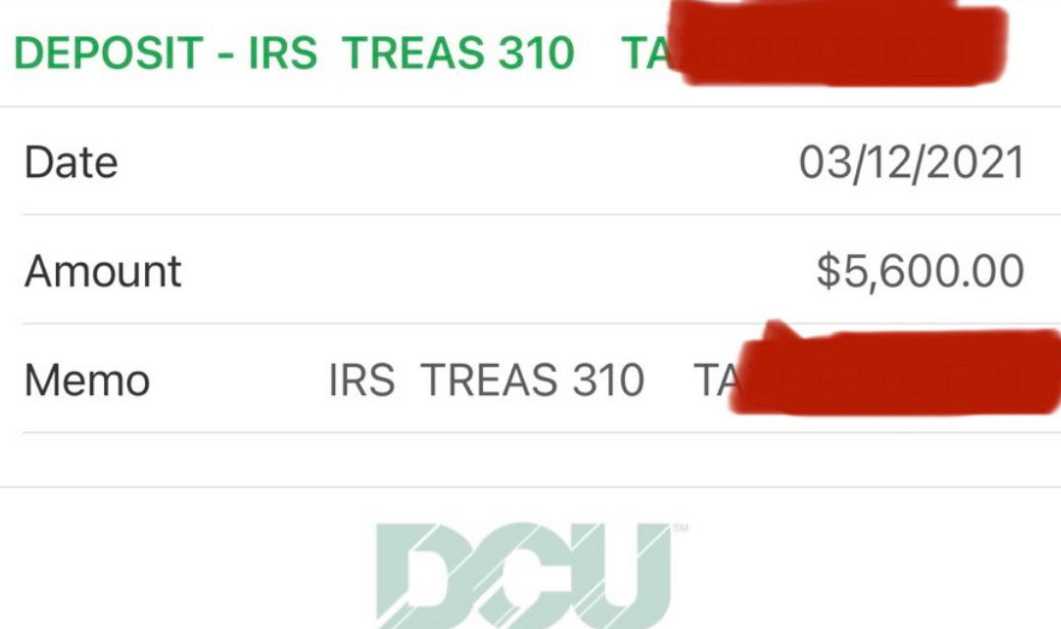“The Matsu Home Builders Association serves the home building community in the Matsu and appreciates the efforts of Senator Sullivan, his staff and others to reduce regulatory barriers to homeownership. This bill proposed to amend the Internal Revenue Code and provide a credit for middle income housing helps to counter many of the adverse conditions that have developed in recent years such as supply chain shortages, labor shortages, inflation and building material price increases. As the fastest growing community in Alaska, the Matsu recognizes that quality, healthy affordable homes are in short supply and the recent increase to costs make housing affordability and accessibility tougher. This bill will provide a small but needed step to helping working families from teachers to electricians, first responders to small business owners who are the backbone of our community. We appreciate sound efforts to help make the dream of home ownership a reality,” said David Miller, President of Matsu Homebuilders Association.
“As Alaska’s tourism industry works to recover from the pandemic, housing challenges have hampered the industry’s ability to rebuild a full workforce, especially in rural areas. This tax incentive will help alleviate this complex challenge and I thank Senator Sullivan for leading the effort on this important bipartisan bill,” said Jillian Simpson, Alaska Travel Industry Association president & CEO.
“The ANCSA Regional Association (ARA) applauds Senator Sullivan’s proposal to tackle the workforce and housing shortages in our state through the Workforce Housing Tax Credit and expanding the existing Low Income Housing Tax Credit (LIHTC). As employers in the state, ARA members understand how much the lack of affordable housing issues impacts Alaskans and we look forward to seeing this legislation move through the process,” said Kim Reitmeier, ANCSA Regional Association.
“The lack of affordable housing is one of the biggest issues facing both rural and urban communities in Alaska. This bill will help working families in Alaska who don’t qualify for low income housing and are priced out of market rents in our communities. This includes the professional workforce that play a vital role to ensure our communities are thriving: teachers, public safety, and health care workers. Senator Sullivan has been an advocate to increase housing across Alaska and we thank him for reaching across the aisle to expand a program and bring more housing units to our communities and families,” said Colleen Dushkin, executive director of Alaska Association of Housing Authorities.
“The Kenai Peninsula Builders Association fully supports the Workforce Housing Tax Credit. Homeownership is the cornerstone of the American Dream and the single greatest wealth creator for all Americans, affordable housing is being attacked from many angles by Federal, State and Local regulations and moving this legislation forward will provide an avenue that our parents and grandparents were afforded in the past. Alaskans particularly face extra challenges with high utility and living expenses, especially in rural Alaska and this will help keep their dreams of home ownership alive. We appreciate your efforts in moving this legislation forward,” said Jeff Twait, Kenai Peninsula Home Builders.
Highlights of the Workforce Housing Tax Credit Act include:
- Similar to LIHTC, state housing finance agencies allocate the tax credits to developers through a competitive process. The tax credits would be provided to developers over a 15-year period, with a 15-year compliance period and 30-year extended commitment.
- Tax credits are allocated to states based on population. For 2024, the allocation would be $1 per capita with a $1.5 million small state minimum. An additional 5% of the allocation is made available and reserved for middle-income housing developed in rural areas.
- For new buildings, the credit would equal 50% of the cost of the building over the lifetime of the credit. For rehabilitated buildings and bond-financed buildings, the credit would equal 20% of the cost of the building. More credit can be awarded for buildings in difficult development areas, as designated by the U.S. Department of Housing and Urban Development (HUD). However, state housing agencies would only allocate the amount of credit needed to make a housing project financially feasible.
- To qualify for the credit, at least 60% of the building’s units must be occupied by individuals with area median incomes of 100% or less where the rents are restricted to 30% of the designated income. The affordability restrictions would remain in place for up to 15 years after the compliance period (for a total 30-year affordability period).
- WHTC also works in conjunction with LIHTC to support low-income affordable housing. First, a state can tailor the allocation to its needs: it can elect to transfer any portion of their middle-income allocation to LIHTC at any point during the year. Second, WHTC can help the financial feasibility of affordable buildings by combining LIHTC and middle-income housing tax credits for different units as long as at least 20% of the total units are middle-income units.
- The effective date for this provision is buildings placed in service after 2023, in taxable years after 2023.
Below are statements from national housing leaders on the WHTC Act.
“More and more Americans are finding themselves struggling to make rent or find housing in the communities where they work. Teachers, nurses, and fire fighters often find themselves priced out of living in the communities they serve,” said Alicia Huey, chairman of the National Association of Home Builders (NAHB) and a custom home developer from Birmingham, Ala. “The Workforce Housing Tax Credit Act would provide states and developers with a new source of funding to produce affordable rental housing serving workers earning up to 100% of the Area Median Income. This is exactly the type of solution we need Congress to enact in order to begin solving the housing affordability crisis.”
“It is no secret that the nation faces a severe affordable housing shortage. Senator Wyden has led the charge to address this crisis through his efforts to secure and expand the Low-Income Housing Tax Credit. Now, along with Senator Sullivan in the Senate and Congressmen Panetta and Carey in the House, these leaders are expanding on those efforts with the introduction of the Middle-Income Housing Tax Credit,” said David Gasson, executive director of the Housing Advisory Group. “As the LIHTC does for families, seniors and veterans, the MIHTC will address the vital need for housing of our workforce and those not able to afford market rate housing. We are very appreciative of these housing champions and their efforts to address the nation’s housing crisis.”
“NMHC and NAA strongly support the introduction of the Workforce Housing Tax Credit Act by Senators Wyden and Sullivan and Representatives Panetta and Carey. The Workforce Housing Tax Credit would complement the widely successful Low-Income Housing Tax Credit (LIHTC) by supporting moderate income households that are also facing rising housing costs. It would help expand the supply of housing available in communities across the country which, in turn, will help create more housing affordability,” said National Multifamily Housing Council (NMHC) President Sharon Wilson Géno and National Apartment Association (NAA) President and Chief Executive Officer Robert Pinnegar.
A one-page summary of the Workforce Housing Tax Credit Act can be found here.
Legislative text can be found here.
# # #[content id=”79272″]
Pages: 1 2







